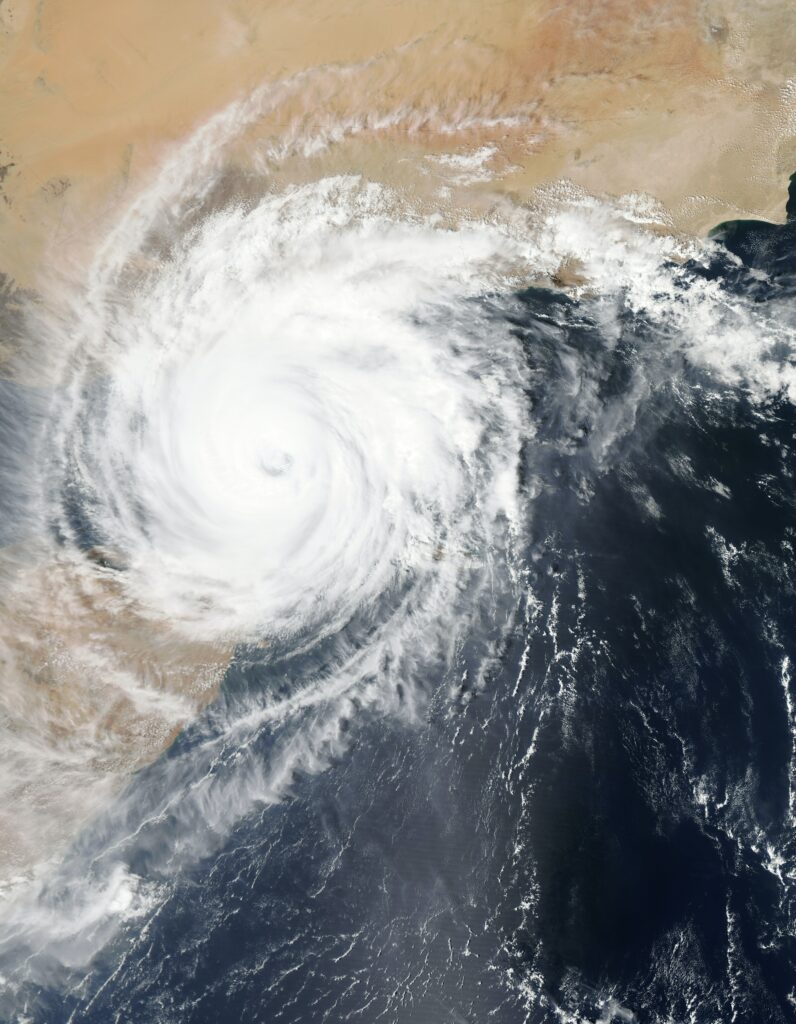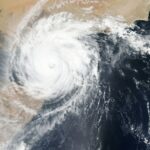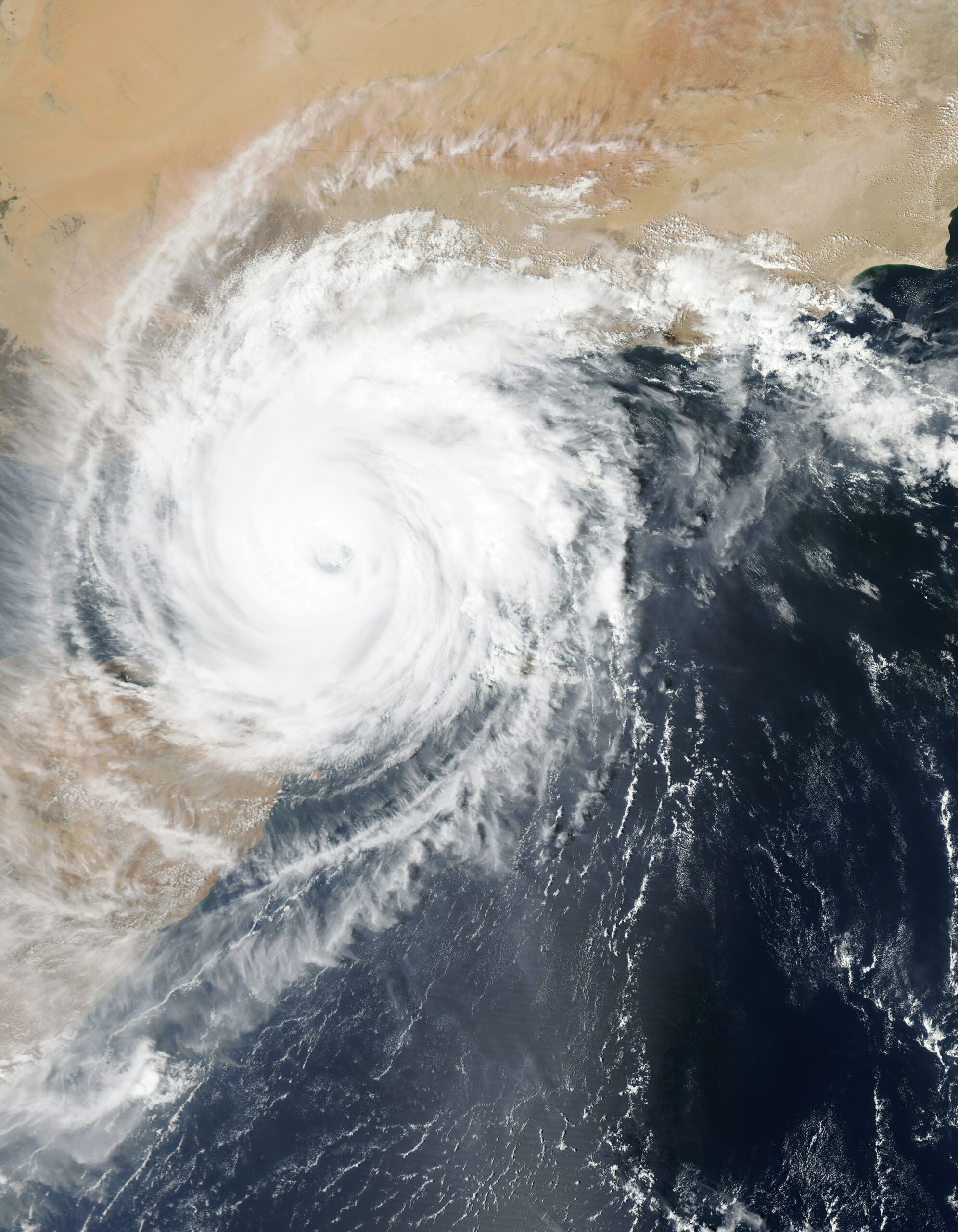Extreme weather events like hurricanes, tornadoes, and floods can be incredibly unpredictable and dangerous. Being prepared can make all the difference in ensuring your safety and that of your loved ones. In this guide, we’ll walk you through essential steps to prepare for hurricanes and extreme weather, along with an itemized list of supplies to have on hand before the storm hits.

Preparing for Extreme Weather:
- Stay Informed:
- Monitor weather forecasts and updates from reliable sources.
- Sign up for weather alerts and warnings on your phone or through a NOAA weather radio.
- Create a Family Emergency Plan:
- Establish an emergency contact list and communication plan with your family.
- Decide on evacuation routes and meeting points.
- Build an Emergency Kit:Before the storm hits, assemble an emergency kit containing the following items:
- Non-Perishable Food: Stock up on canned goods, dried fruits, nuts, and energy bars to last several days.
- Water: Store at least one gallon of water per person per day for a minimum of three days.
- Flashlights and Batteries: Ensure you have multiple flashlights with extra batteries.
- First Aid Kit: Include bandages, antiseptic wipes, pain relievers, and any necessary prescription medications.
- Personal Documents: Safeguard important documents in waterproof bags or containers. Include identification, insurance policies, medical records, and proof of address.
- Cash: Have cash on hand in small denominations, as ATMs may be unavailable during power outages.
- Tools and Supplies: Include a multi-tool, manual can opener, duct tape, and plastic sheeting for repairs.
- Clothing and Bedding: Pack a change of clothes, blankets, and sleeping bags.
- Hygiene Items: Gather personal hygiene items, including soap, hand sanitizer, and menstrual supplies.
- Electronics and Chargers: Bring portable chargers for your devices and backup power sources.
- Special Needs: If you have infants, elderly family members, or pets, include their specific needs in the kit.
- Secure Your Home:
- Reinforce doors and windows with storm shutters or plywood.
- Clear your yard of debris and secure outdoor items.
- Trim trees and branches that could fall and damage your home.
- Evacuation Planning:
- Follow evacuation orders promptly.
- Take your emergency kit and important documents with you.
- Inform someone outside the affected area about your evacuation plans.
- Stay Connected:
- Maintain communication with family and friends, especially if you evacuate.
- Keep your phone charged and use it sparingly to conserve battery.
During the Storm:
- Stay Indoors: Remain indoors during the hurricane. Strong winds and flying debris pose significant risks.
- Stay Informed: Continue to monitor weather updates.
- Follow Official Advice: Adhere to instructions from local authorities and emergency services.
After the Storm:
- Exercise Caution: Be cautious when leaving your shelter. Watch for downed power lines, flooded roads, and other hazards.
- Check for Damage: Inspect your home for damage and ensure it’s safe before re-entering.
- Assist Neighbors: Check on neighbors, especially the elderly or those with special needs.
- Document Damage: Take photographs of any damage to your property for insurance purposes.
- Contact Loved Ones: Let family and friends know you’re safe.
Preparing for hurricanes and extreme weather takes time and effort, but it’s a critical investment in your safety. By following these steps and having an emergency kit on hand, you’ll be better equipped to face the challenges that extreme weather can bring. Remember, planning and preparation are the keys to weathering the storm and ensuring the well-being of your family.
Feel free to use this checklist as a reference and customize it to your specific needs. Stay safe and vigilant during hurricane season and other extreme weather events.







